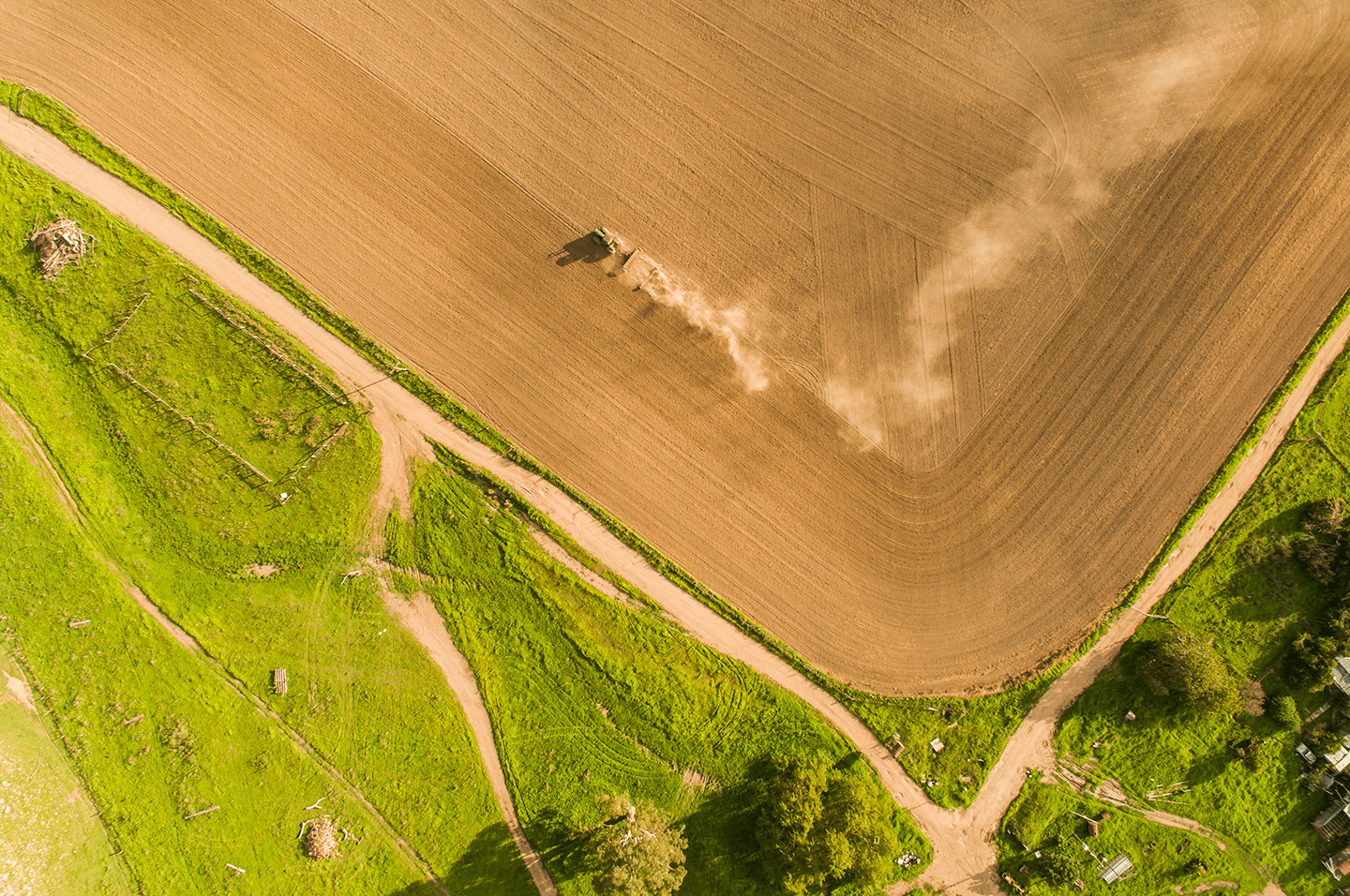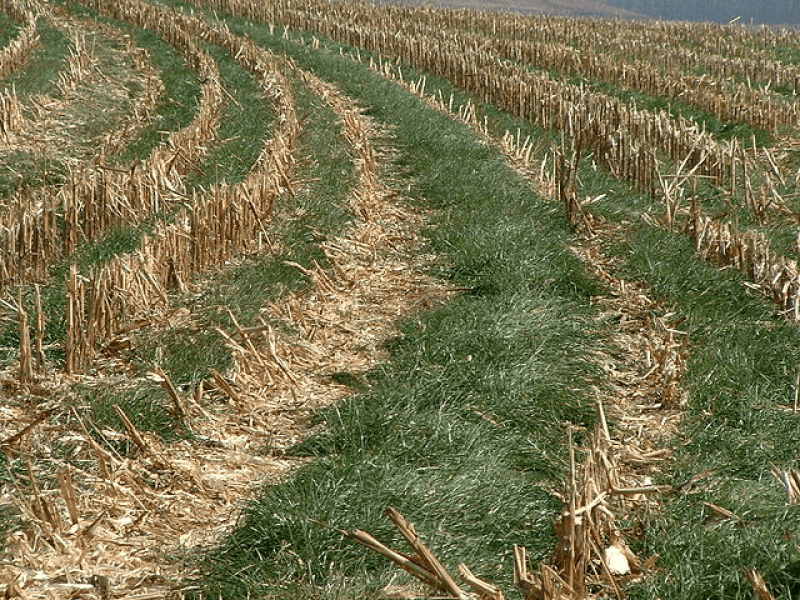It is 12 months since I highlighted the scientific evidence pointing to the urgent need to take forward a land sparing approach as the basis of a future UK land use strategy. Favoured by leading UK environmental scientists Andrew Balmford and Ian Bateman, and included in the 2021 National Food Strategy document The Plan, this approach advocates a three-compartment model for land use in Britain which if properly implemented could deliver a more sustainable balance in terms of food production, resource use, nature conservation and climate change mitigation.
I urged a re-evaluation and fine tuning to the Environmental Land Management Scheme (ELMS) in England and its equivalents in Northern Ireland, Scotland and Wales so that these options and the resources provided to support them better reflect what the science and evidence tells us.
So 12 months on what progress has been made ?
The need to implement policies that address climate change is now more urgent than ever. The United Nations Secretary General, Antonio Guterres recently reminded us that: ‘The era of global warming has ended, the era of global boiling has arrived. Leaders must lead. No more hesitancy. No more excuses. No more waiting for others to move first. There is simply no more time for that.’
There have also been several new reports emphasising the urgency of implementing land use polices consistent with a land sparing approach. These include a significant new report on land use released last month by the World Resources Institute (WRI). The WRI report notes that around 85% of the world’s usable land has already been heavily harvested for wood or converted to agriculture and that the world is on course to demand more than 50% additional food and wood by 2050 compared to 2010 consumption levels. At present rates of yield increase, this would mean needing to convert an area of natural habitat up to two times the size of India for agriculture to supply this food and wood.

The WRI report offers a four-pronged “Produce, Protect, Reduce and Restore” framework as a potential solution to land use in both our consumption and production practices.
This includes prescriptions to ‘protect’ remaining natural and semi-natural ecosystems; to ‘reduce’ food waste and land-hungry consumption practices; and to ‘restore’ forests and wetlands on areas of land where carbon and biodiversity benefits are exceptional, or where food production potential is low.
The ‘produce’ message from the WRI report is equally clear. The world needs to accelerate gains in agricultural productivity to avoid further loss of natural ecosystems. Meeting a projected 56% growth in crop calorie demand between 2010 and 2050 would mean increasing crop yields by 1.2 times the historical yield growth rate from 1960 to 2010 (a 50-year period which included Norman Borlaug’s ‘Green Revolution’).
This same message was relayed in the recent OECD-FAO Agricultural Outlook Report 2023-32, which highlighted the urgent need for investments in innovation, further productivity gains and reductions in the carbon intensity of agricultural production to support long-term food security, affordability and sustainability.
Indeed, one FAO official recently took the EU to task for sacrificing agricultural productivity gains in its Green Deal policy approach, which includes targets to halve pesticide use, cut fertiliser use by 20%, and dedicate a quarter of agricultural land to organic farming.
David Laborde, director of the FAO agri-food economics division, warned: “The less Europe produces, the less it will export, and the more it will demand on global markets. This can increase tension.”
Crucially, Laborde added that the issue at stake should not be about sacrificing either productivity or sustainability but rather: “how EU countries can get sustainable intensification gain and productivity at once.”
Meanwhile, as the land sparing policy message is being increasingly championed around the world, it is disappointing to see a lack of progress in the UK.
UK agriculture and land use policy has for many years been founded on a land sharing approach and this has carried over into post-Brexit policies like ELMS.
The problem with the land sharing approach is that it seeks to deliver food production and conservation at the same time, for example by reducing input use and production intensity and creating small-scale habitats such as unsprayed field margins and small patches of woodland. Typically, a land-sharing approach results in lower yields, so that at a national or global level a greater land area is required to produce the same amount of food.
Andrew Balmford and Ian Bateman recently warned in the journal Nature that countries like the UK which are adopting land sharing policies with the intention of reducing farming’s environmental impact – including agri-environment schemes, rewilding and organic farming – may unwittingly accelerate global biodiversity loss and negative climate impact by reducing domestic production and driving up food imports unless corresponding policy action is taken to deliver yield increases elsewhere to maintain and expand domestic food production.
In a follow-up article, Balmford and Bateman wrote:
Figuring out how to feed, clothe and power 10 billion people without causing mass species extinction and wrecking the climate is this century’s greatest challenge. The scientific evidence in support of land sparing is compelling. So why is it not the dominant policy approach today?
One answer, they suggested, may lie in the political influence of large landowners interested in maintaining the status quo (12% of farms currently receive 50% of all taxpayer subsidies).
And those landowners don’t come much larger than the National Trust, the UK’s second largest landowner, which owns more than 800,000 acres, or the RSPB with more than 320,000 acres (fifth largest).
Together with the Wildlife Trusts, these two major NGO landowners recently published an independently commissioned report entitled “An assessment of the financial resources needed for environmental land management in the UK”, whose central conclusion, according to all three organisations, was that “at least £4.4bn a year needs to be directed solely towards agri-environment schemes,” rather than the £3.5bn currently spent on farm support.
Not surprisingly, the report’s conclusions as interpreted by the commissioning organisations attracted coverage in the UK farming press: “Farming needs £4.4bn a year, not £3.5bn, say green lobby groups,” stated Farmers Weekly. “At least £4.4bn a year needed for nature-friendly farming,” agreed The Scottish Farmer.
However, closer inspection would suggest that this isn’t the independent report’s conclusion at all.
Far from advocating £4.4bn for agri-environmental schemes, the independent report actually recommends that at least half the farm support budget should be diverted away from productive agriculture, and allocated instead to the creation or restoration of woodland, wetland and semi-natural grassland on 25% of currently farmed land by 2050.
As such, this report appears more aligned with some of the land sparing policies supported by the science and evidence and less aligned with the land sharing polices favoured by the NGOs who commissioned the report.
Nevertheless, the NGO-commissioned report still advocates that the other half of the proposed $4.4 billion land use and farming budget be spent on agri-environment schemes that promote less productive agriculture, whilst remaining silent on any recognition or need for a corresponding increase in food production on the land remaining in productive agriculture to avoid the need for more food imports, and to avert potentially even greater harm to biodiversity, climate impact and environmental degradation elsewhere.
This policy myopia favouring the land sharing rather than the science and evidence-driven land sparing, three-compartment policy approach also continues to dominate UK post Brexit land use policy despite being inconsistent with the UK government’s own Food Strategy commitment to maintain current levels of domestic food production.
As I have previously observed the key challenge with the land sparing approach is to agree on the allocation of land to each of the three compartments to deliver on desired policy outcomes in terms of domestic food production, climate and biodiversity objectives.
Interpreting the results of detailed land use case studies focused on these objectives and covering The Fens and Salisbury Plain, I suggested that a land use allocation of around 60% in high yield/high intensity farming, 25% as natural habitat (no agriculture) and 15% in low yielding, extensive farming for the country as a whole might be appropriate.
This science and evidence-driven land use allocation approach should be a cornerstone of the UK government’s commitment to publish a land use framework by the end of 2023. It should also be the key driving force for a fundamental rethink of the funding and direction of England’s Environmental Land Management Scheme (ELMS) which places too much emphasis on the land-sharing policy approach.
As the words of the UN Secretary General, Antonio Guterres referred to earlier remind us, there is an urgent need to think differently about our use of land in the UK. Not to do so is no longer an option if we want play our part in contributing to a more sustainable agricultural system both in the UK and globally.
Graham Brookes is an agricultural economist with PG Economics, UK. He has more than 30 years’ experience of analysing the impact of technology use and policy change in agriculture and has authored many papers in peer reviewed journals on the impact of regulation, policy change and GM crop technology.
A version of this article was originally posted at Science for Sustainable Agriculture and has been reposted here with permission. Any reposting should credit the original author and provide links to both the GLP and the original article. Find Science for Sustainable Agriculture on Twitter @SciSustAg































